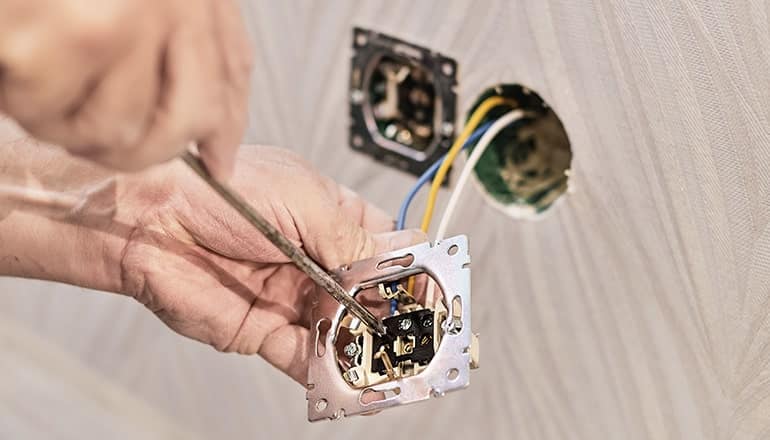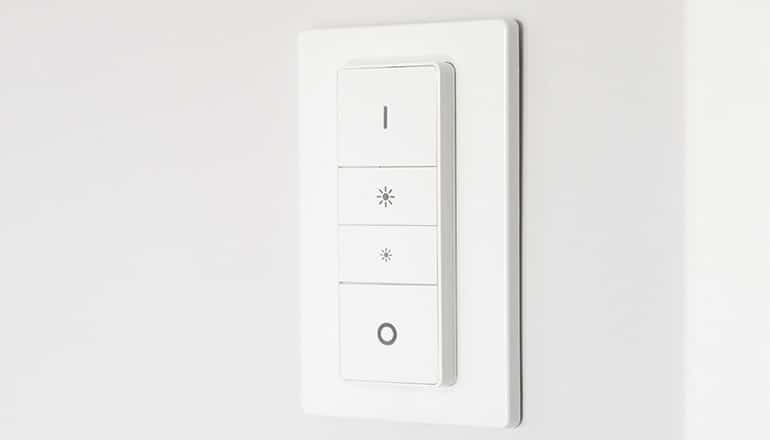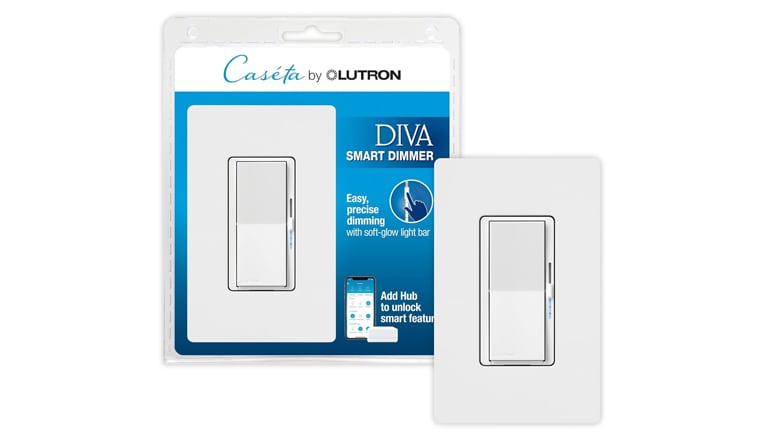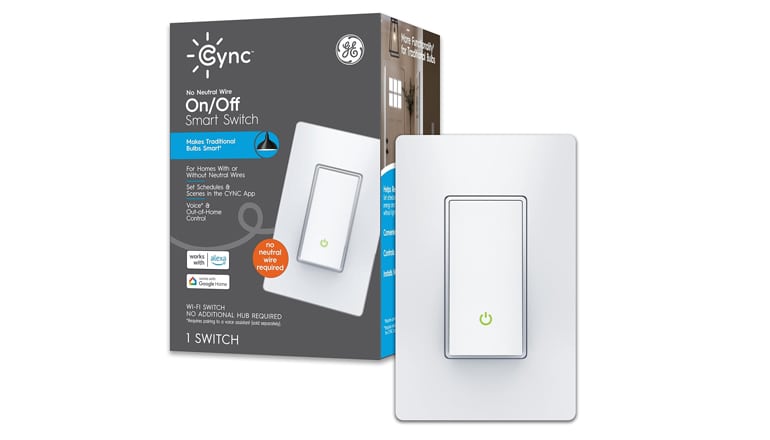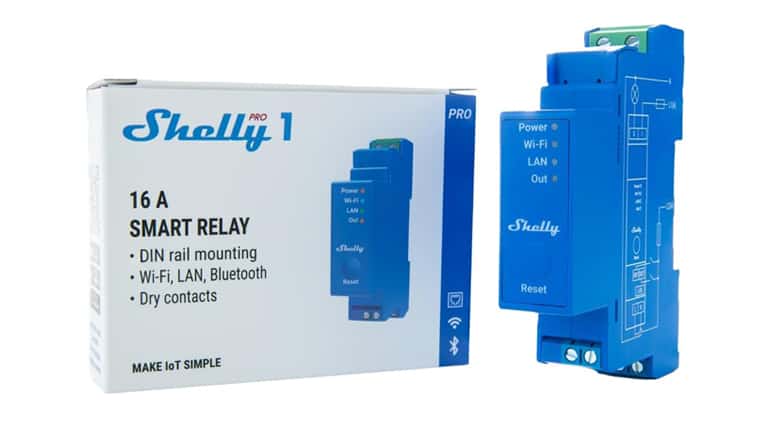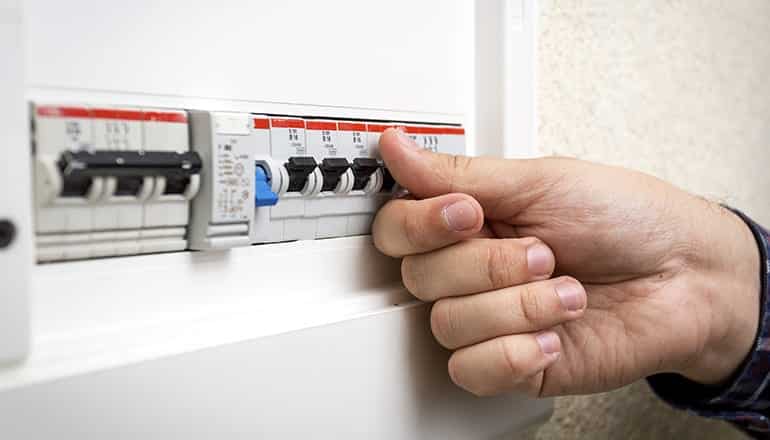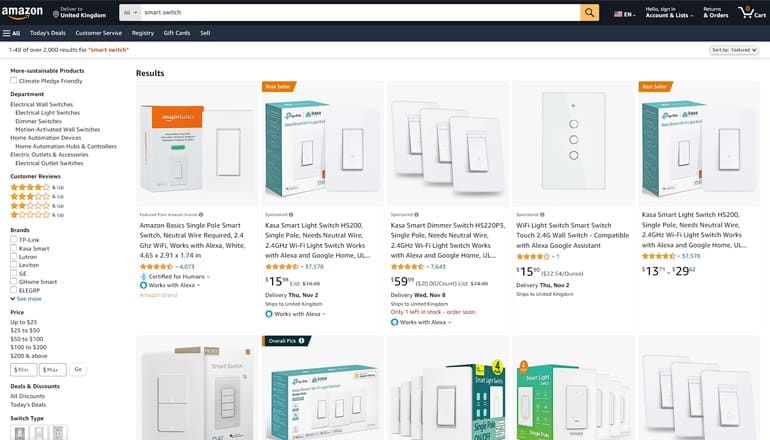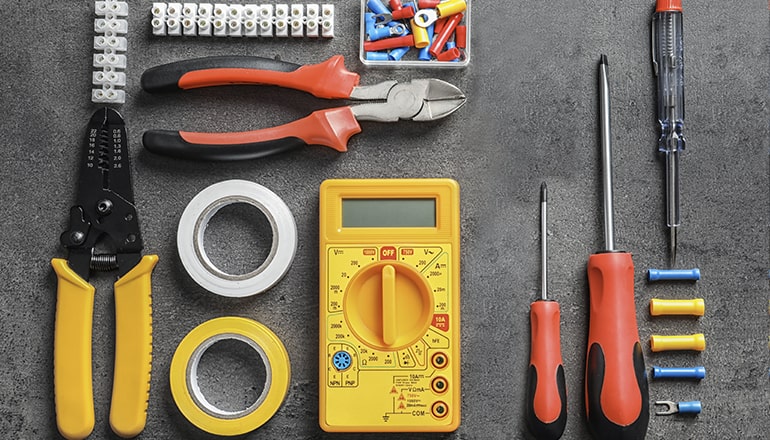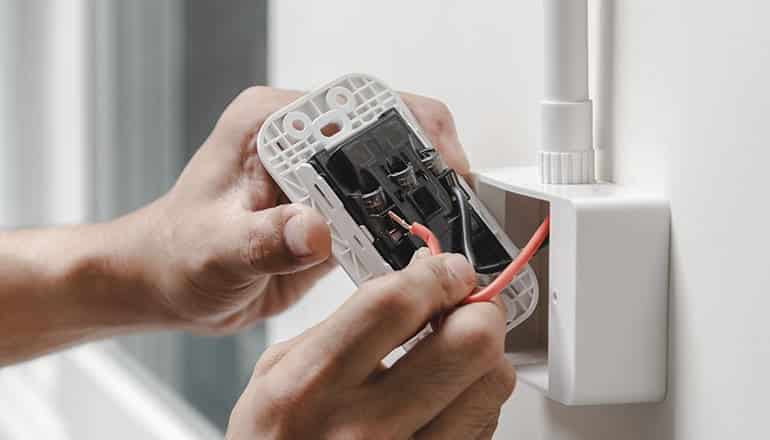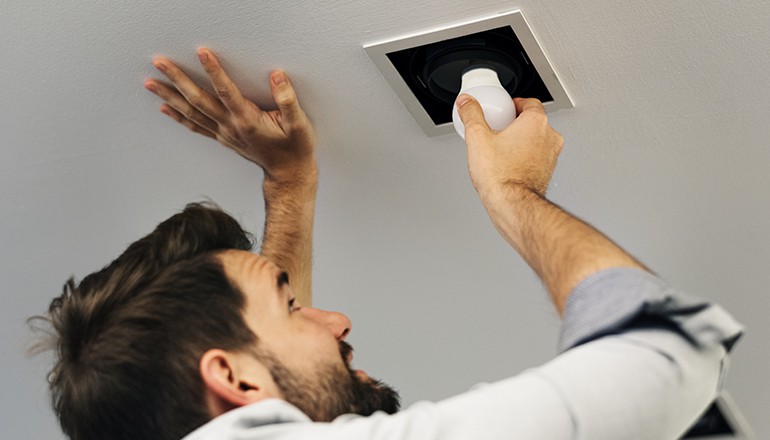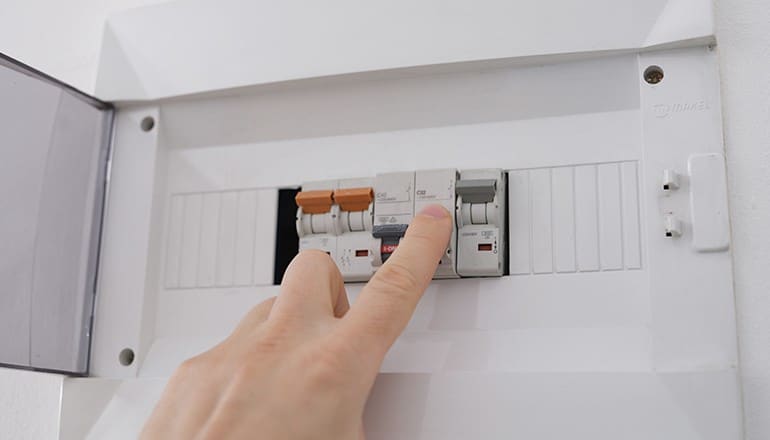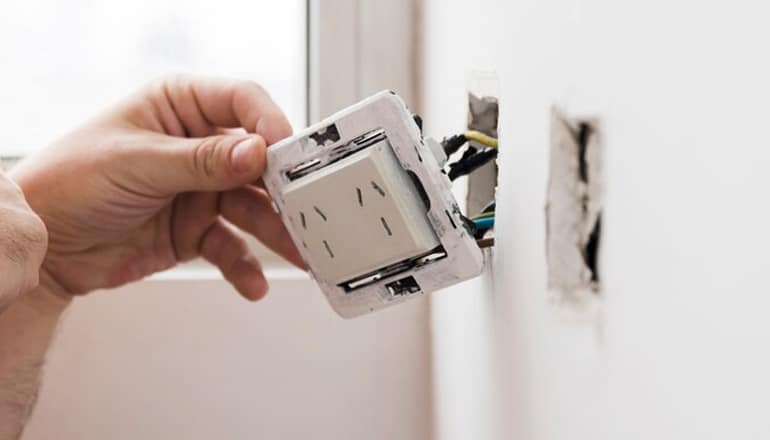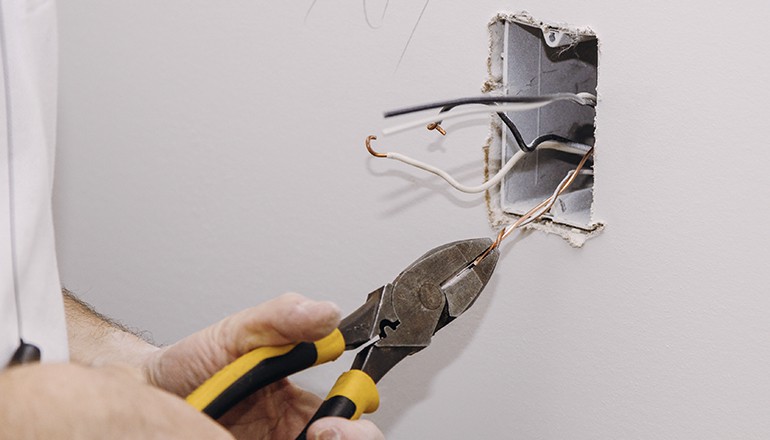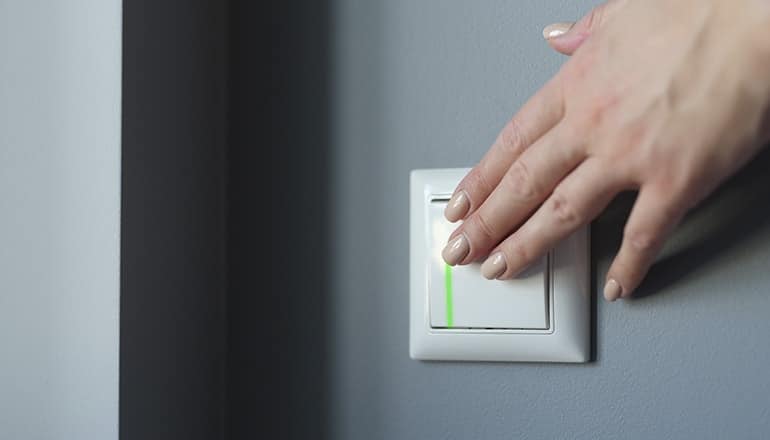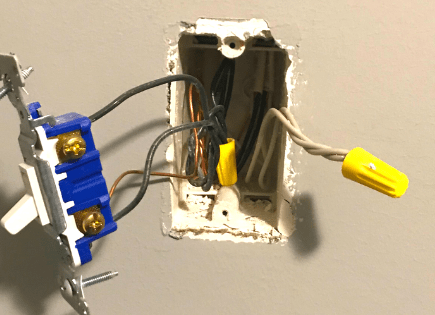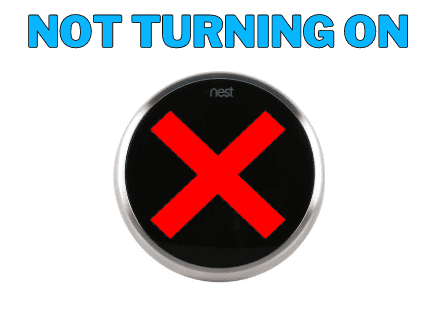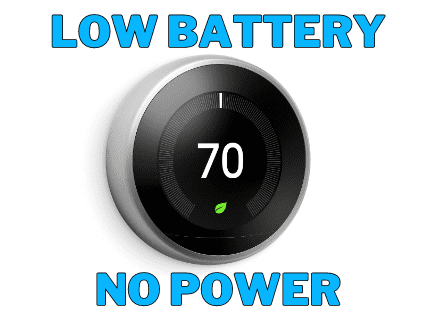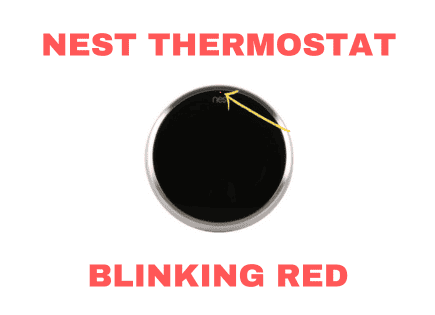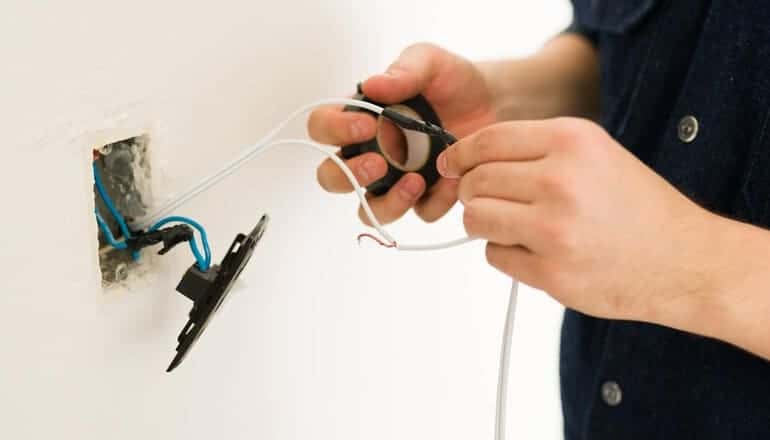
How Do You Wire a 3-Way Smart Switch With No Neutral?
Have you ever tried to flip a switch only to find the room stays dark? You might blame the bulb. But what if it’s your house’s old wiring?
Many smart switches need a neutral wire. It’s their lifeline, their constant source of power. Yet, some older homes play hard-to-get with no neutrals in sight.
You’re probably asking yourself: Can I use a smart switch without that elusive neutral?
Spoiler alert – you can! And we’re going to show you how.
We’ll dive into options for no-neutral switches and even walk through how to wire one up safely and efficiently. By the conclusion of this article, you’ll be able to not only figure out any common difficulties but also decide if updating your electrical system is worth it.
Smart Switches, Neutral Wires, and Old Wiring
For those digging into smart home technology and upgrading their house, the potential obstacle is that you will encounter wiring – after all, that’s why you’re reading this post!
Notably the mystery of neutral wires in relation to smart switches. Let’s shed some illumination on this matter. The need for a neutral wire is one detail that sets smart switches apart from traditional ones:
It plays an essential role in keeping your switch powered at all times—essential for maintaining Wi-Fi connectivity and voice control functionality.
In old wiring systems, though – think homes built before 1980 – it was common not to include a neutral wire within wall boxes because ordinary switches simply didn’t need them. They operated by breaking the ‘hot’ circuit when turned off; there wasn’t any concern about continuous power supply as with today’s clever tech.
- A Smart Switch needs constant power – hence requiring a neutral wire.
- Older houses (pre-1980) often lack these handy neutrals due to older electrical standards.
This presents us with quite a conundrum when trying to install modern smart devices in vintage homes. But fear not; despite this hurdle being akin to fitting square pegs into round holes or teaching cats how to fetch—it can be overcome.
An option could be rewiring part of your house—a hefty task—but hey, who said pioneering on the frontiers of technology would always be easy? Alternatively, some brands offer solutions that work around this issue, like Lutron’s Caséta Wireless, which doesn’t need a neutral wire to work.
In short, it is like trying to listen to vinyl records on an iPod; the technology has moved forward, but your hardware hasn’t. You can bridge this gap with some know-how and a little patience.
Can You Use Smart Switches Without a Neutral?
You might ask, “Do smart switches need neutral wires?”
Yes and no. The reality is most modern smart switches do require a neutral wire to function properly.
The power requirements of these advanced gadgets are the cause of the need for a neutral wire. But if your home doesn’t have neutral wiring (common in houses built before the 1980s), don’t fret.
There are workarounds available for you, too, which I’ll get to here in a minute.
Why Do Most Smart Switches Need a Neutral Wire?
A neutral wire, or return path, is necessary because it allows the current to flow continuously through the switch – even when turned off. This continuous flow power features like Wi-Fi connectivity and control settings that make ‘smart’ switches truly intelligent.
If there’s no neutral wire in your wall box, most traditional smart switches will not work correctly or at all. So what can you do about it?
Here’s where our two primary options come into play.
- Smart Switches That Don’t Require A Neutral: Some manufacturers design their products specifically for older homes without neutrals; brands such as Lutron offer this kind of technology.
- Rewire Your Electrical Box: If you’re set on using conventional smart switch models, hiring an electrician to install a neutral line could be an option – but remember this route may cost more time and money than expected.
The first choice offers immediate convenience with less hassle but limits your selection scope since few brands cater to no-neutral situations. On the other hand, rewiring gives you a wider array of smart switch options but could prove a more demanding task.
Ultimately, using smart switches without neutral wires is doable with careful consideration and planning. Make sure to understand your home’s wiring situation before making any decisions – this can save headaches down the line.
Top No-Neutral Smart Switches for Your Home
Finding a smart switch that operates without a neutral wire can sometimes feel like a quest, but they certainly do exist. Here are the best five picks for no-neutral smart switches that ensure convenience, functionality, and ease of installation.
Lutron Caseta Wireless Dimmer
The Lutron Caseta stands out for its seamless compatibility, especially with older homes lacking neutral wires.
It employs clear-connect wireless technology, guaranteeing dependable communication between home devices. With this dimmer, you can adjust your lighting and control the luminosity with precision.
Inovelli Z-Wave Switch (Red Series)
The Inovelli Red Series Z-Wave switch is an ideal pick for open-source technology enthusiasts. Apart from its ability to work without a neutral wire, this gadget offers energy monitoring and numerous customization options.
Z-Wave is a great technology. If you already have a Z-wave product in your home, this may be your best option.
CYNC by GE 3-Wire On/Off Button Style
For those seeking a simple installation process, the GE 3-Wire switch is a go-to choice.
With no neutral wire requirement, this smart switch ensures a hassle-free setup. They have a nice and simple design, too. There’s no dimmer, though; just a simple on/off switch.
Shelly 1 One Channel Switch Relay
The Shelly 1 Switch Relay efficiently manages home lighting systems without the need for a neutral wire. They are incredibly handy; with a relay, you can make just about anything a smart home item.
To sum it up, if your home lacks a neutral wiring system, but you’re eager to dive into smart automation, these switches have you covered. They eliminate the need for extensive rewiring while offering top-notch functionality. For those hesitant about installation or safety concerns due to electrical complexities, consulting with professionals is always a wise choice.
However, don’t let the lack of a neutral wire deter you from automating and enhancing your living space.
Let’s talk about wiring up your new switches.
How to Wire a Smart Switch Without a Neutral
The process of wiring a smart switch without a neutral wire can seem intimidating, but with the right steps, it’s entirely doable. Before we start, let me clarify one thing: safety first.
Step 0: Turn Off Your Circuit Breaker
Always turn off the power at your circuit breaker before you begin any electrical work.
Make sure you have the right one, too. Try turning on and off some lights in that room.
If you’re not sure which breaker belongs to that room, whether your breaker isn’t labeled properly or a breaker only turned off half of the lights in the room, you can always play it safe by flipping off all of the breakers in the house. You want to be certain that you’re not handling live wires without your circuit breaker flipped off.
Step 1: Choose Your Smart Switch Wisely
Selecting the correct smart switch that doesn’t require a neutral wire is crucial. It needs to be compatible with your home’s existing wiring and meet all your automation requirements.
I listed a few brands above, but there are a handful of others out there. Make sure you check carefully and read reviews to ensure it doesn’t need a neutral wire.
Step 2: Gather Necessary Tools
You’ll need some basic tools like screwdrivers, pliers, and an optional voltage tester for extra safety measures.
Make sure they’re within easy reach when you start working on installing the smart switch.
Step 3: Disconnect The Old Switch
Carefully remove the old light switch from its position by unscrewing it from its mounting box. Be mindful not to pull or tug hard, as this might damage the wires connected behind it.
If you haven’t already checked, you should check for a white neutral wire. Sometimes, it’s tucked up out of the way where you might not see it at first. This would be a funny time to realize that you do, in fact, have a neutral wire! If not, well, it’s a good thing you already have some no-neutral switches.
Step 4: Connect Your No-Neutral Smart Switch
In most cases, no-neutral switches come with two live wires – L-in (input) and L-out (output). Connect these in place of where your previous two ‘live’ wires were attached to your old switch. Secure them using provided screws or caps included in the packaging if applicable.
It’s pretty simple. Twist the wires together and install the provided twist-on wire connector. This video shows the process clearly:
Remember – this guide is general advice based on my own experience; every house’s wiring is different, so always consult with an electrician if you’re unsure of the safety of your home’s wiring.
Troubleshooting Common Issues with No-Neutral Smart Switches
Working with no-neutral smart switches can sometimes present a few challenges. But don’t worry. We’re here to assist you in overcoming any difficulties that may arise from utilizing no-neutral smart switches.
Flickering Lights
A typical issue is flickering lights when using the switch. This problem usually occurs due to insufficient power supply because there’s no neutral wire involved.
You can fix this by installing an LED bulb that uses less energy and balances out the load.
Inconsistent Operation
Sometimes, your smart switch might work inconsistently or not at all. A simple reset could be the solution here: just turn off the breaker for about 30 seconds, then turn it back on again.
Resetting your device will typically fix minor glitches. In rare cases, you might have to turn your breaker off and back on. I’ve had this happen to one of my switches on more than one occasion, particularly after a blackout, for whatever reason.
Are There Downsides to No-Neutral Smart Switches?
The world of smart switches is exciting, but it’s not without its complications. If your home doesn’t have neutral wires—a common issue in older houses—you might be considering no-neutral smart switches. But are there downsides? Let’s dig deeper.
Limited Selection
No-neutral smart switches don’t come with the variety that their neutral-requiring counterparts do.
With fewer brands venturing into this space, you’ll find a smaller pool of options when shopping for these types of devices. It can limit the features and functionalities available to you.
Safety Concerns
Next up: safety issues—no small matter.
Some experts express concern about possible overheating or short-circuiting risks with no-neutral smart switches because they constantly draw power—even when turned off—to maintain Wi-Fi connectivity.
Fewer Features
If bells and whistles make your heart sing, prepare for potential disappointment here, too.
The technology powering no-neutral smart switches limits what they can offer compared to regular ones with neutral wires—think less compatibility with different lighting loads (LEDs or compact fluorescents), inability to dim lights smoothly, etc.
Bridging Gap Devices Can Add Costs
Additional bridging gap devices such as microcontrollers could be used to overcome some limitations like incompatible wiring systems or limited features set offered by no-neutral models. However, adding these devices could increase your overall expenditure, making it less cost-effective than regular switches.
So yes, there are some downsides to no-neutral smart switches. But hey, it’s not all doom and gloom. With a bit of digging and wise choices, you can still come across acceptable alternatives that are suitable for your requirements—and stay secure.
Wrapping Up
Navigating the intricacies of installing a 3-way smart switch without a neutral can be daunting. However, it’s not only possible but also allows older homes to step into the realm of contemporary technology.
Think of it this way: Just because some houses lack neutral wires doesn’t mean you’re stuck with outdated options. The quest for modern switches without neutrals might require extra effort, but those invaluable gems are out there waiting to be discovered.
Safety is paramount when delving into any DIY electrical project. Always prioritize understanding your home’s electrical system. As the adage goes, never dive into unclear waters without first checking for hidden obstacles.
While the tech world is advancing at a rapid pace, making switches smarter by the minute, not all cutting-edge switches are accommodating to homes without a neutral connection. Although they haven’t reached mainstream popularity yet, no-neutral smart switches boast some impressive features of their own.
When faced with the no-neutral dilemma, you essentially have two pathways: opt for a specialized smart switch designed for such scenarios or upgrade your home’s electrical infrastructure. Whichever route you choose, both have their advantages.
It’s true that no-neutral switches might have limited features and are rarer than their counterparts. However, they offer a seamless way to experience modern automation without a complete electrical overhaul.
Throughout our exploration, we also touched on troubleshooting common challenges that may arise during the installation process. Retain those insights; they might come in handy!
Ultimately, whether you decide to upgrade your home’s electrics for advanced features or stick with no-neutral alternatives, you’re well-equipped with knowledge and options. The essence is clear: even with older wiring systems, integrating modern amenities like a smart switch without a neutral wire is entirely within reach.

